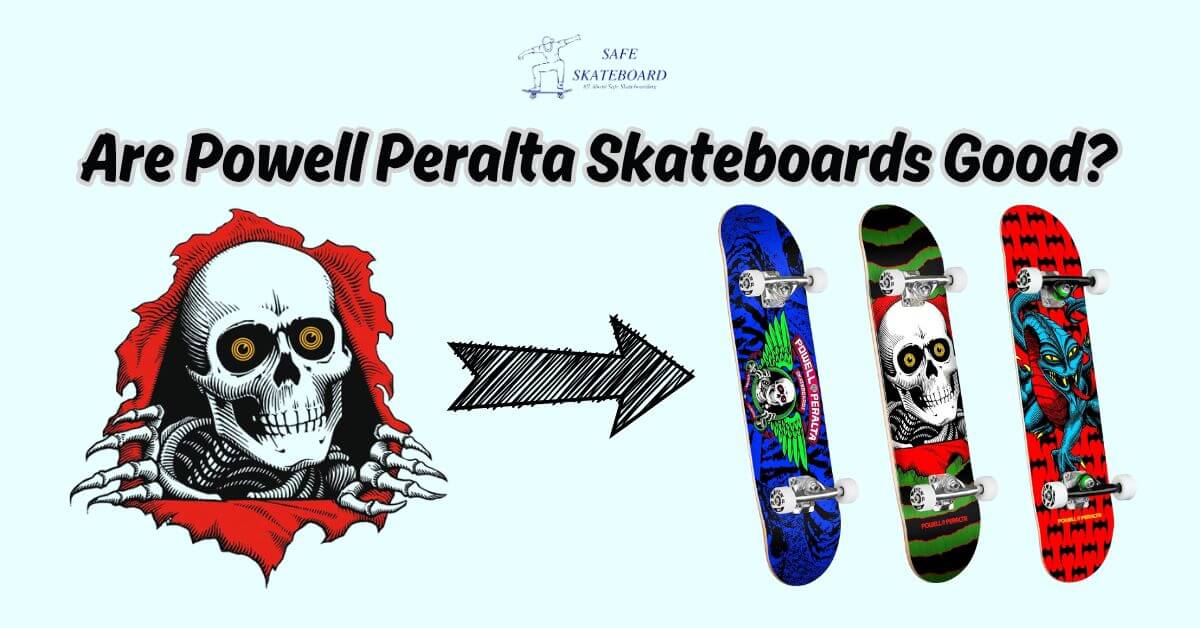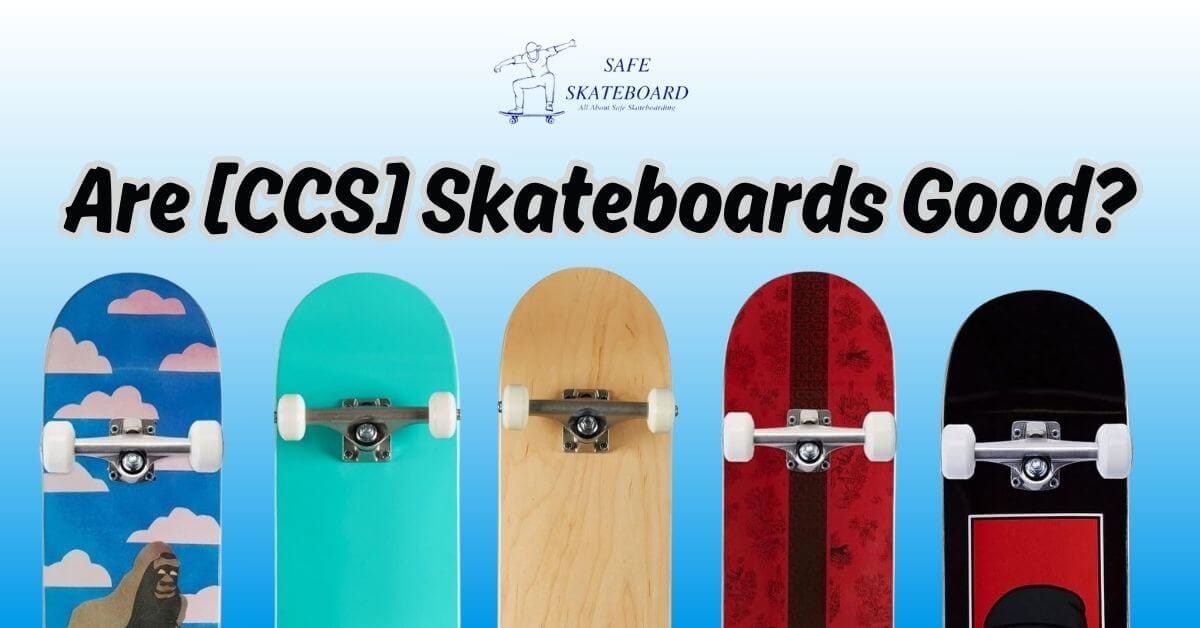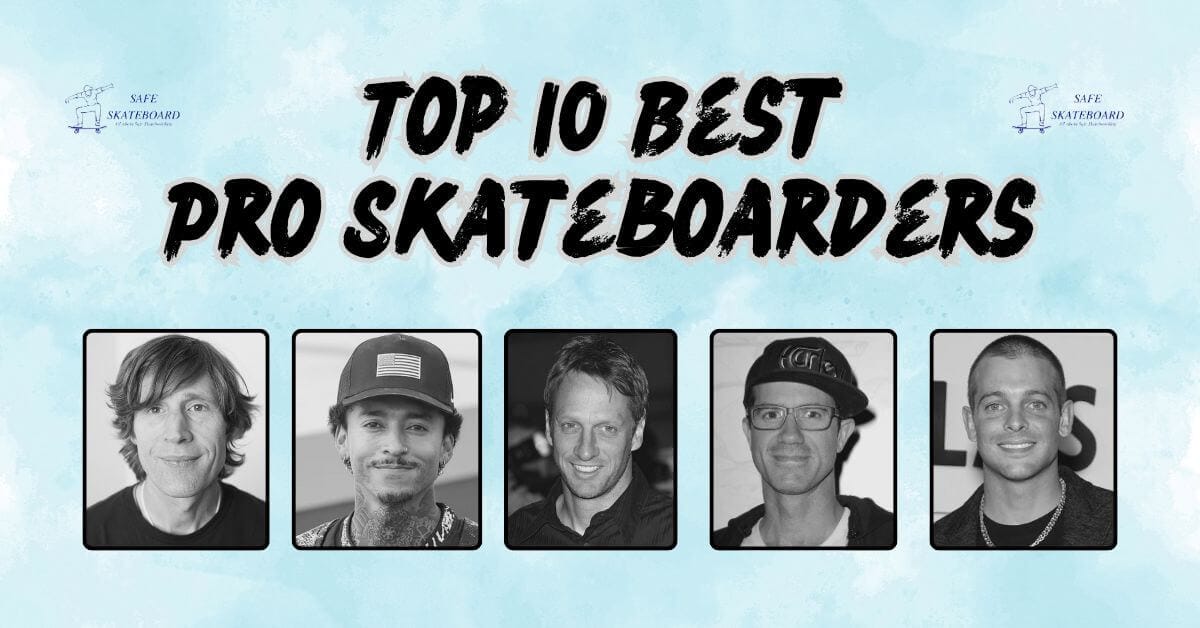Skateboarding is more than just a sport. It’s a lifestyle and an art form of culture. From the first wooden planks with roller skate wheels to high-tech boards flying through Olympic arenas, the history of skateboarding spans decades.
It is a tale of innovation, perseverance, and the undying human urge to push boundaries. However, if you want to learn about skateboard history, you’re in the right place.
In this blog, I’ll share the humble beginnings, the rise of skateboarding, and its unique culture.
Let’s dive into the history of skateboarding and explore its journey to becoming an iconic global sensation!
Who Is the Inventor of the Skateboard?
The roots of skateboarding trace back to the late 1940s and early 1950s in California. But it isn’t easy to find the skateboard’s inventor specifically because there isn’t a single person credited as the inventor of the skateboard.
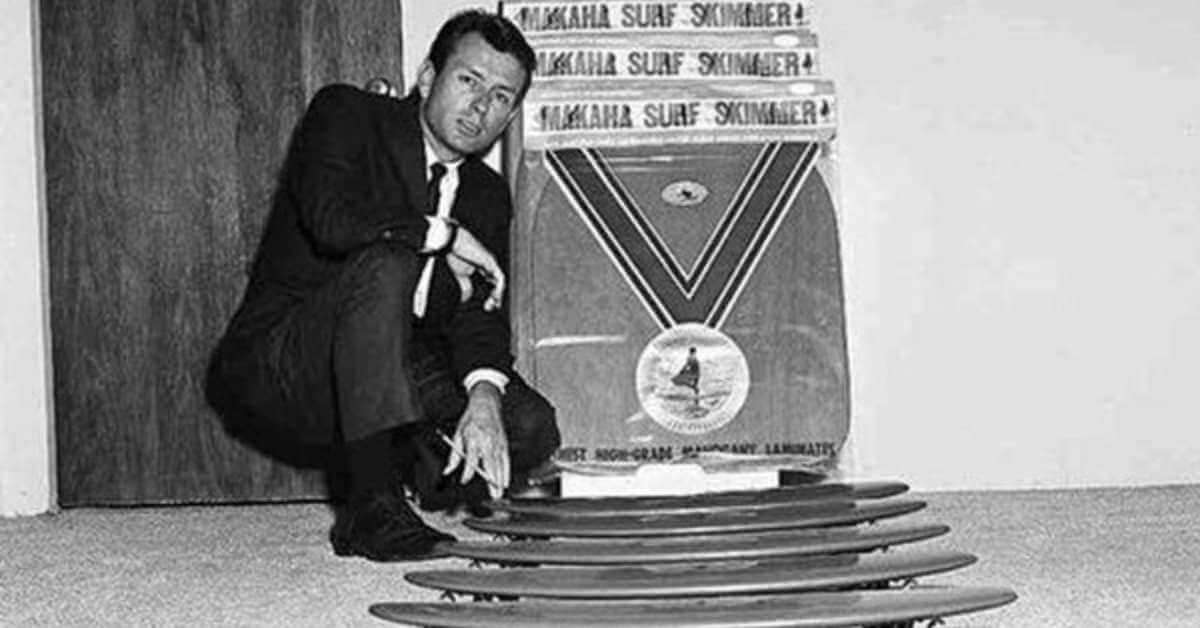
However, Bill Richard played a significant role in inventing the skateboard. He was the owner of the Surf Shop in Los Angeles. They were looking for a way to enjoy their sport when the waves were flat. After that, they created a strange thing this was called “sidewalk surfing.”
In the 1950s, he partnered with the Chicago Roller Skate Company to create skateboards. Then, they attached roller skate wheels to wooden boxes or planks. Most historians believe that it’s the first skateboard in the history of the world.
These rudimentary boards were unstable but gave birth to the sport we know today. However, it must be said that Bill Richard’s contributions helped turn a DIY hobby into a commercial product.
The Early Days: 1960s History of Skateboarding
By the 1960s, skateboarding was gaining momentum, thanks to companies like Makaha and Hobie, which started producing boards shaped like small surfboards.
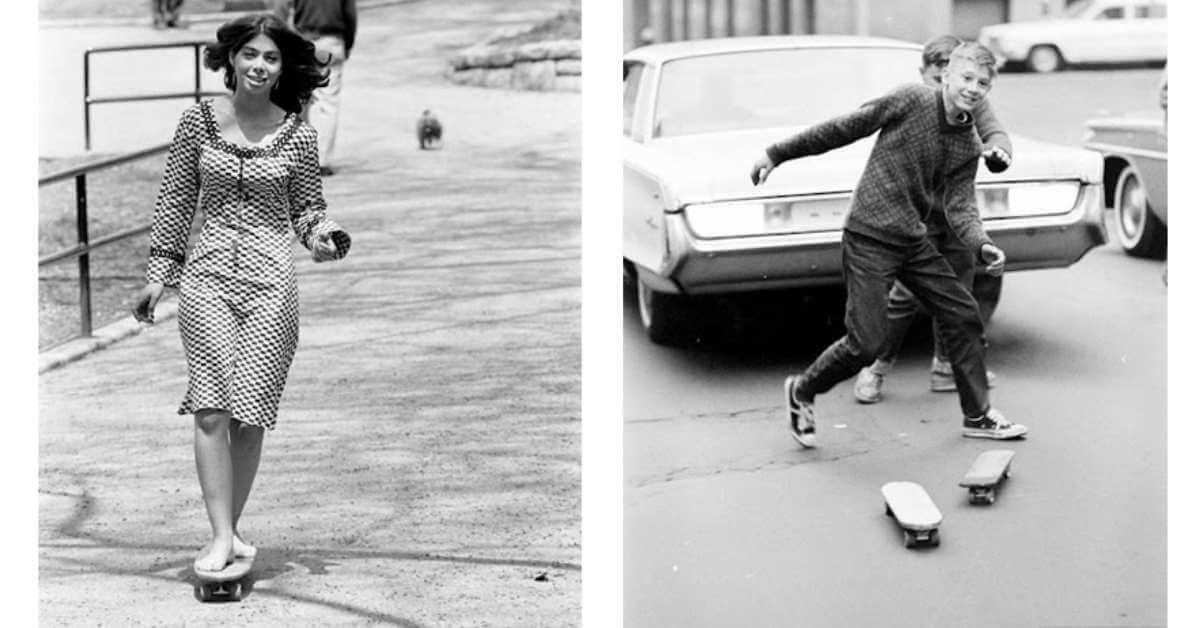
Competitions and exhibitions, such as those sponsored by Makaha’s founder, Larry Stevenson, helped spread awareness. Early skateboarding was heavily inspired by surfing. With skaters emulating surf moves and riding barefoot.
The first skateboarding magazine, The Quarterly Skateboarder, debuted in 1964, marking the rise of skateboard culture.
However, safety concerns about the clay wheels caused a drop in popularity in the late 1960s, and skateboarding nearly disappeared.
The Revival: History of 1970s Skateboarding
Skateboard history was a turning point in the 1970s. Frank Nasworthy’s invention of polyurethane wheels revolutionized the sport. These wheels provided better grip and smoother rides. And making skateboarding more enjoyable and safe.
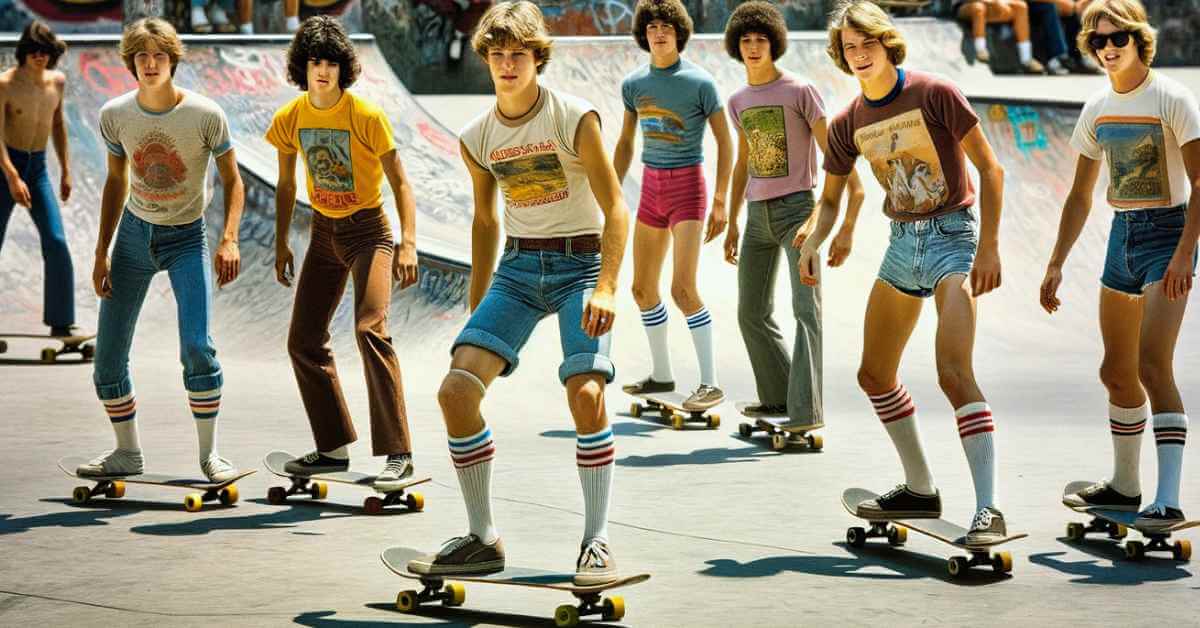
This era also introduced skateparks and the rise of vert skating. Skateboarders performed tricks on empty swimming pools.
A skate team called “The Legendary Z-Boys” from Santa Monica. They brought an aggressive surf-inspired style that forever changed the culture of skateboarding.
By the mid-1970s, skateboard culture had evolved into a legitimate sport with a growing fan base.
The Golden Era: 1980s Skateboarding
The 1980s were a golden era for skateboarding, with improved board designs and innovations like the “ollie” by Alan Gelfand. This skateboarding became more technical.
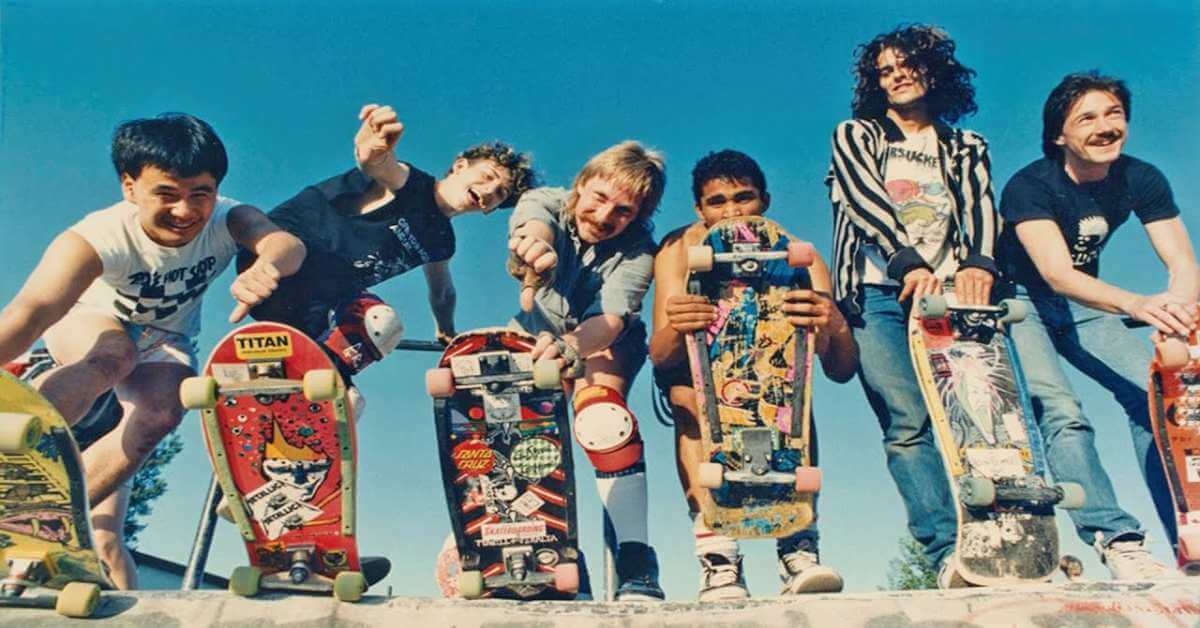
80s skateboard culture was defined by vert skating on ramps and pools. At that time, famous and professional skaters like Tony Hawk and Rodney Mullen gained fame.
Skateboarding brands grew quickly. They were creating not only boards but also videos and clothing that boosted the sport’s popularity. Freestyle skating also grew during this time, paving the way for more Impressive tricks and styles.
Street Skating Domination: 1990s Skateboarding
The 90s skateboarding culture was vastly different from the vert-heavy 1980s. Skaters turned urban environments into their playgrounds. They used staircases, handrails, and ledges for tricks. 90s skateboard culture emphasized rebellion and creativity, which also reflected the DIY ethos of the decade.
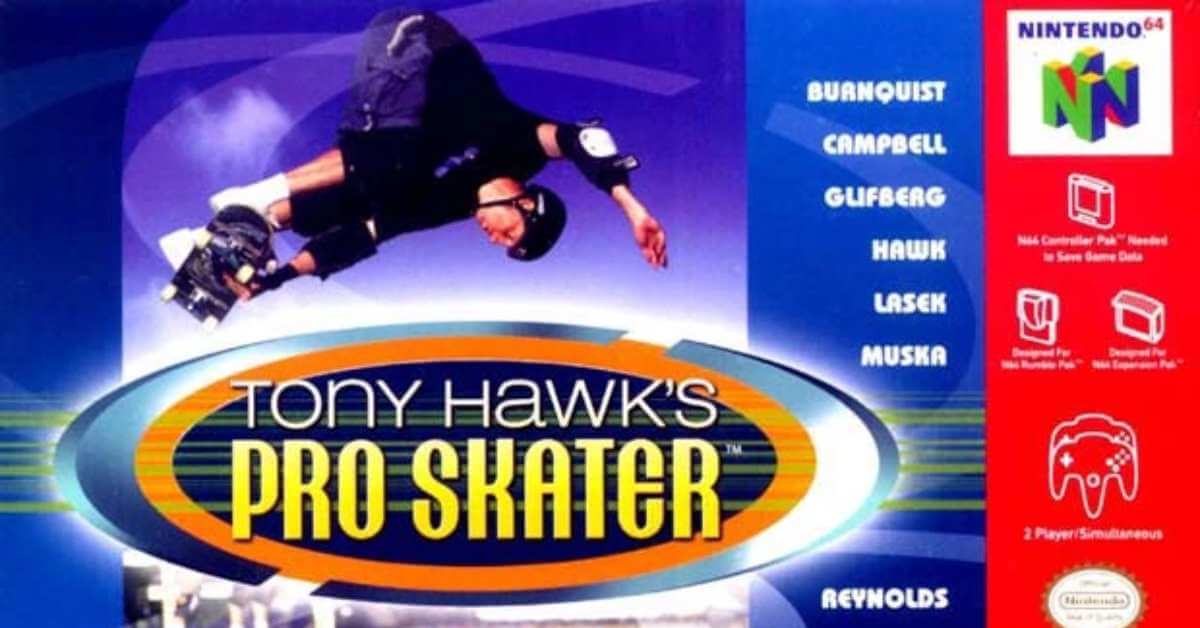
Smaller boards, harder wheels, and video games like “Tony Hawk’s Pro Skater” introduced a new generation to the culture of skateboarding. Public opposition to skating in city spaces also intensified. Further cementing its image as a rebellious sport.
Skateboarding Culture and Its Influence
Skateboarding culture isn’t just about tricks and competitions. It’s a way of life. From its origins as a surf-inspired activity to its portrayal in movies like “Back to the Future.” As a result, skateboarding has influenced fashion, music, and art.
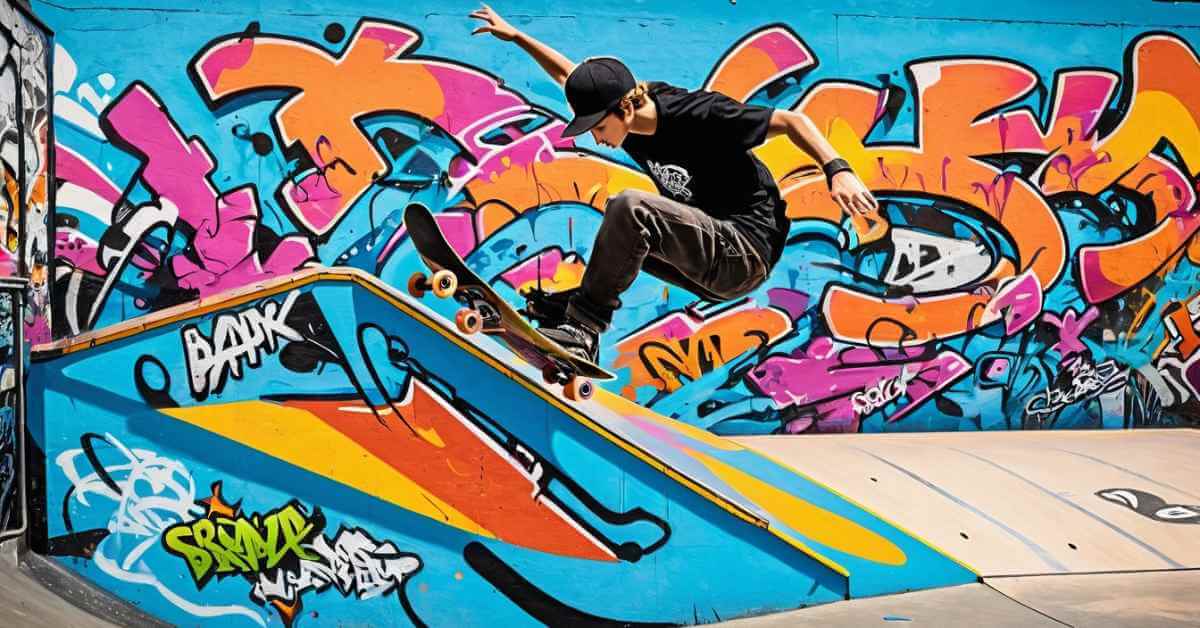
The art on skateboards is often vibrant and rebellious and tells its own story. This has been explored in works like “Disposable: The History of Skateboard Art”. It highlights how skateboards became canvases for self-expression.
Skateboarding has also been a force for social change, with programs like Skateistan using it to empower youth worldwide. This shows that the culture of skateboarding goes far beyond the skateparks.
The History of Skateboarding in the Olympics
For decades, skateboarding was seen as an underground activity. That changed when it made its debut at the Tokyo 2020 Olympics. This was a milestone in the history of skateboarding in the Olympics. That features street and park disciplines.
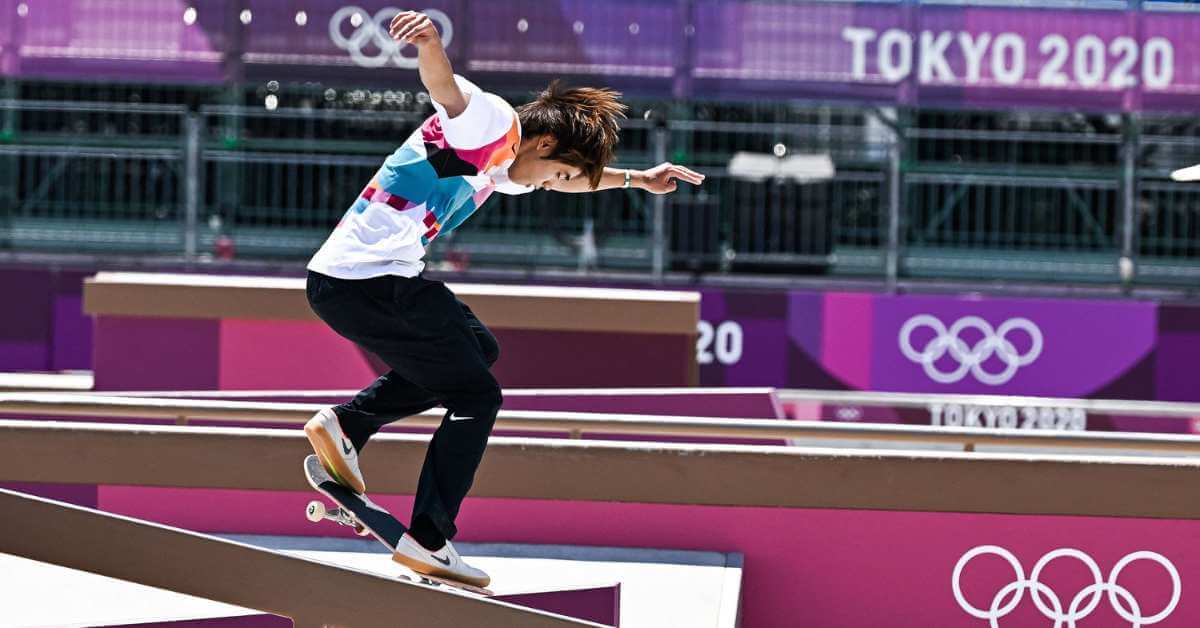
This was a huge moment. Skateboarding was no longer just a street activity; it became a global sport. The Olympics featured two events: street and park. Both showed off amazing skill, flow, and creativity.
Millions of people watched. For many, it was their first look at what skateboarding could be. It gave young skaters a big stage and helped the world see skating as a real sport.
Frequently Asked Questions (FAQs) For The History of Skateboarding
What role did skate parks play in skateboarding’s development?
Skate parks, which gained popularity in the 1970s, provided a designated space for skateboarders to practice tricks and stunts.
What are some iconic skateboarding events?
Significant events include the X Games, which began in 1995, and the World Skateboarding Championships, which highlight top talent and innovation in skateboarding.
Are there any famous skateboarding brands?
Yes, notable skateboarding brands include Vans, Element, Thrasher, and Santa Cruz, which have not only produced high-quality skateboards and shoes but have also influenced skate culture through sponsorships and merchandise.
When and where was the first skateboard made?
Skateboarding began in California in the early 1950s. Surfers made it by putting roller skate wheels on wooden boards. They called it “sidewalk surfing.”
Who is the father of modern skateboarding?
Rodney Mullen is known as the father of street skating. He created tricks like the ollie, kickflip, and heelflip. These moves changed skating forever.
How did skateboarding become an Olympic sport?
Skateboarding joined the Olympics at the Tokyo 2020 Games. It was added to reach younger fans and show off its worldwide appeal.
What was the first skateboarding brand?
Makaha was the first big skate brand. Larry Stevenson started it in 1963. They made boards and had one of the first skate teams.
How has skateboarding shaped music and fashion?
Skaters love punk, hip-hop, and streetwear. They wear baggy pants, tees, and skate shoes. This style still shows up in fashion and music today.
Why did skating get big again in the 2000s?
Games like Tony Hawk’s Pro Skater and skate videos on YouTube brought it back. More brands and fans helped skating grow around the world.
What’s the difference between old and new skateboards?
Old-school boards are wide and flat. They’re good for cruising and ramps. New boards are lighter, with raised ends for tricks.
Wrapping Up
From its humble beginnings as wooden planks with roller skate wheels to its inclusion in the Olympics. The history of the skateboard is a testament to creativity and determination.
Every decade has added a new layer to the skateboards. From the rebellious 80s skate culture to the groundbreaking 90s skateboarding culture.
If you’re inspired by its art, its tricks, or its culture, skateboarding continues to prove that it’s more than a sport. It’s a way of life.










